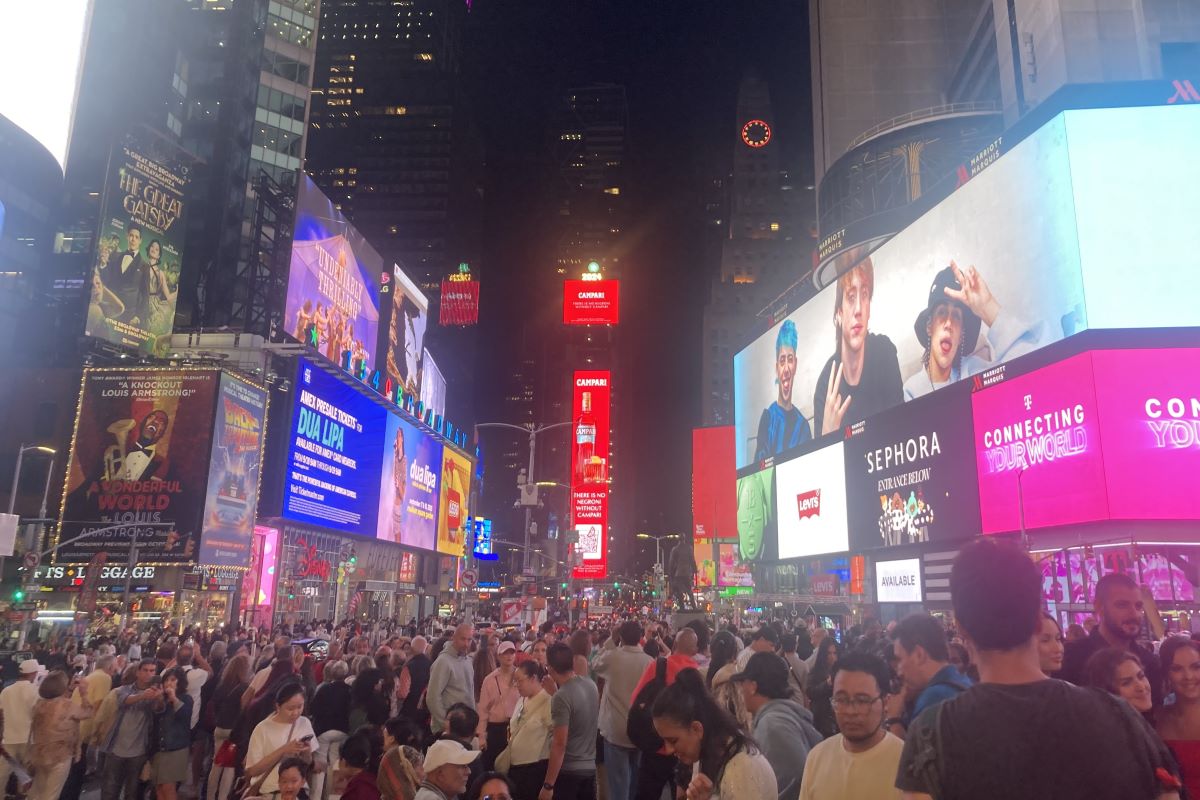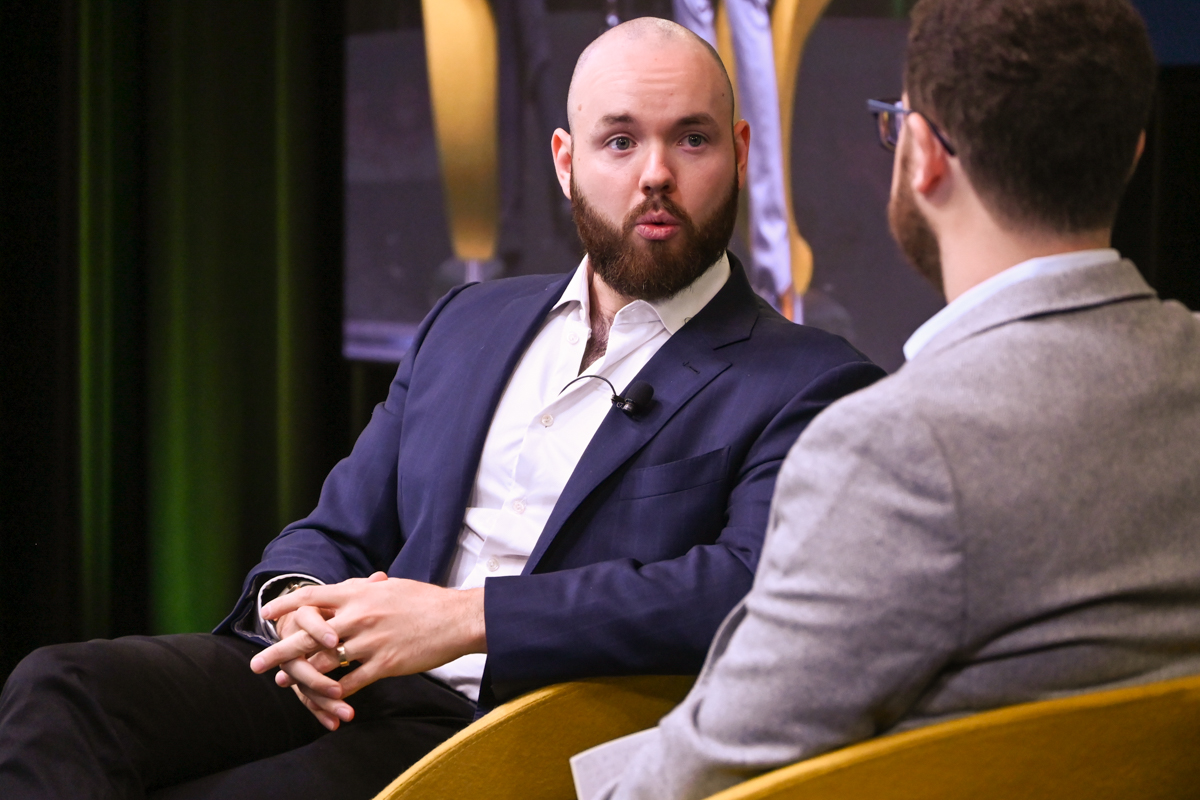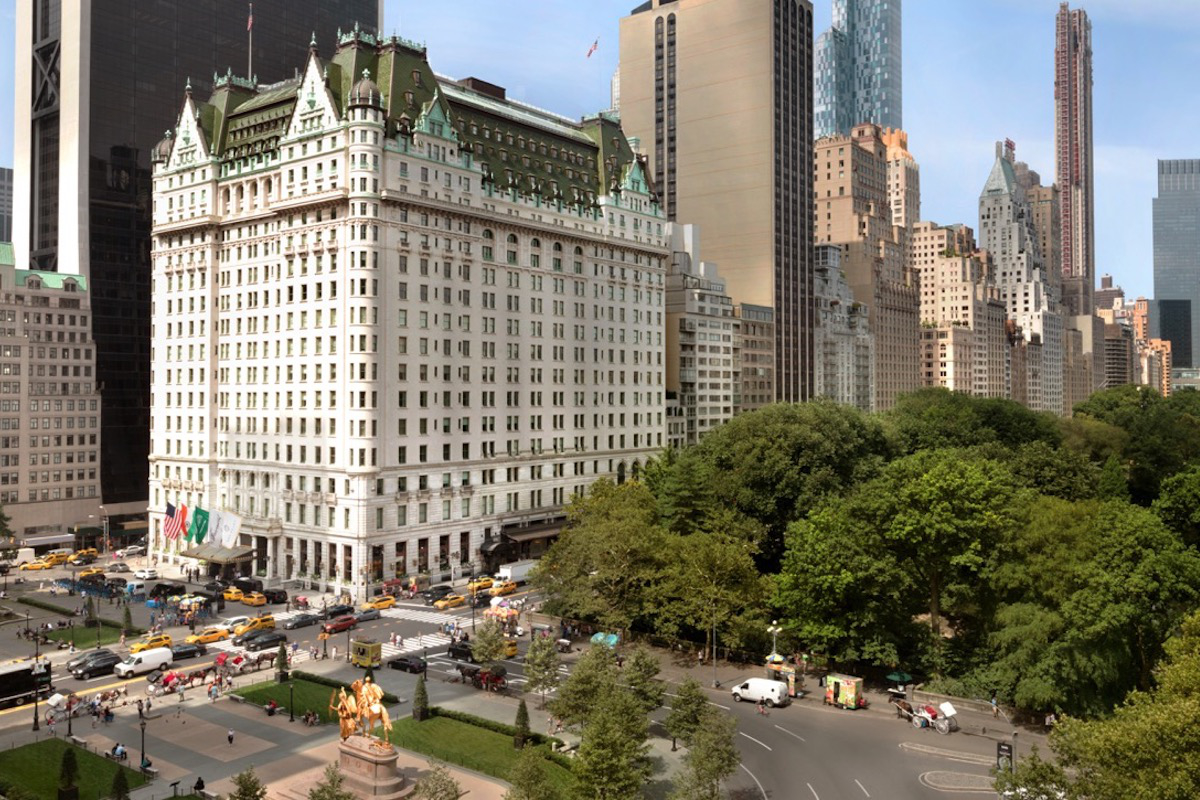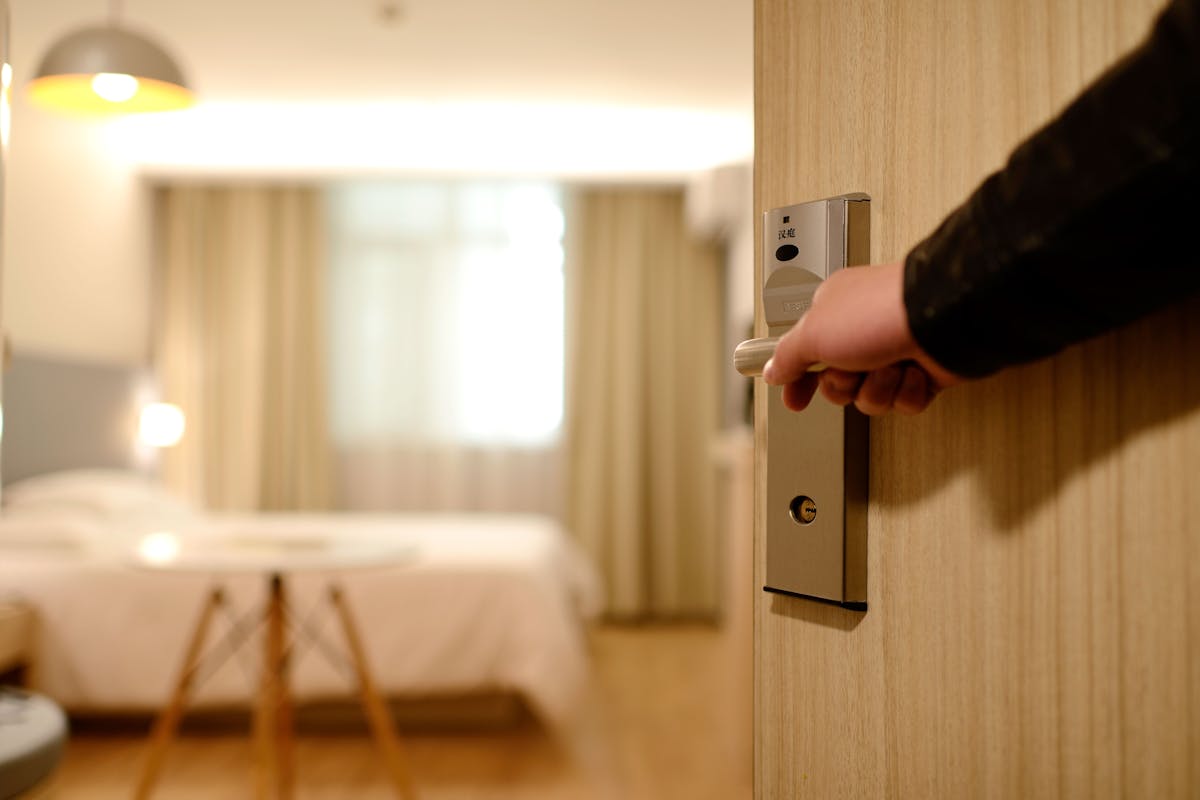A tortured route to high-speed rail in the Northeast Corridor by 2040
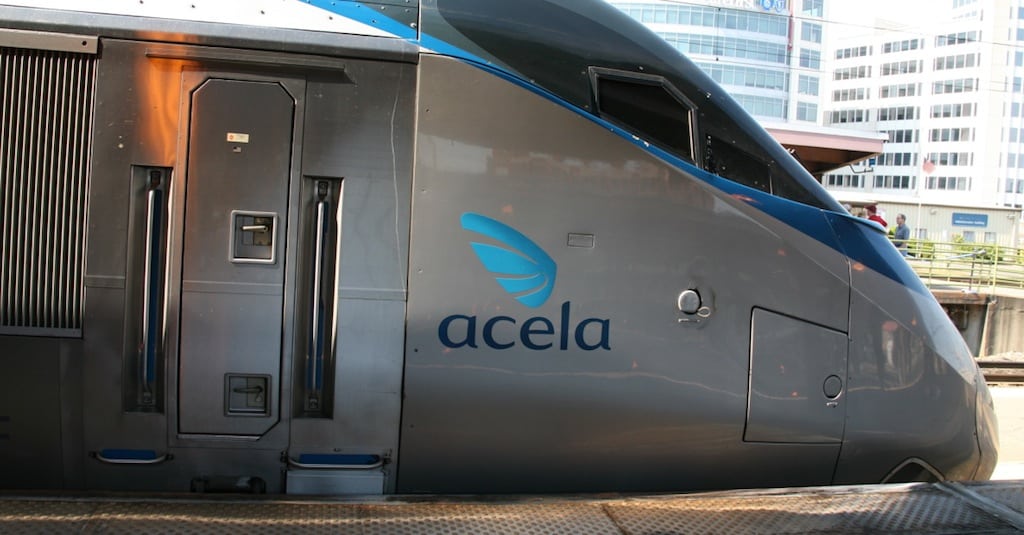
Skift Take
Like everything else in Washington, the quest to bring high-speed rail to the northeast corridor of the U.S. comes down to the tug of war between public and private funding.
The Republican-controlled House Committee on Transportation and Infrastructure was conducting a hearing today on future prospects for northeast corridor high-speed rail.
The outlook isn’t encouraging — unless you can wait about 30 years to do a Boston to New York rail trip at around 220 mph.
In briefing papers before the hearing, the Republican majority on the committee noted that Amtrak has outlined a $183.7 billion plan for 220-mph service along the northeast corridor, meaning a Washington to New York trek would take 96 minutes, and New York to Boston would be a sleek 93 minutes.
But, implementation of NextGen High-Speed Rail would come in the 2025-2040 timeframe.
Commercial space voyages to Mars could come a lot sooner.
Even for a GOP that sees the Tea Party fading, federal funding of the bulk of the project is considered impossible.
“In today’s current fiscal climate, the Federal government cannot continue to support the full financial burden of major infrastructure projects,” the briefing paper states, noting that the private sector has “hundred of billions in available uncommitted capital,” and that a public-private-sector partnership should be explored.
In prepared remarks for the hearing, Joseph Boardman, Amtrak CEO, states that ultimately “a public-private partnership could play a significant role in this project.”
But, Boardman argues that federal government funding has to come first because the private sector would be loathe to get involved until the happens. Boardman adds:
In fact, looking around the world, private sector involvement in high speed rail development is often sought after a government or state railway has constructed a line and high speed rail service is initiated. Once these services are generating revenue streams and most of the planning, environmental and financing risk has been borne by the public, these projects can and will attract private funding that can help repay initial capital costs.
Today was slated to be committee chairman John Mica’s last hearing as chairman, and he told Morning Transportation that high-speed rail could be in place in 10 years, and he want to see the timetable quickened.
“It’s still 30 years and $150 billion,” Mica told Morning Transportation. “They’re [Amtrak] not going to get that. People aren’t going to wait that long and they’re not going to get that kind of money. Private money would be quicker. But my question would be, ‘How are they going to speed it up?’”
Thus, absent a real federal government commitment and a collapsed timetable, It looks like the U.S. will continue to be a laggard in high-speed rail for decades to come.

